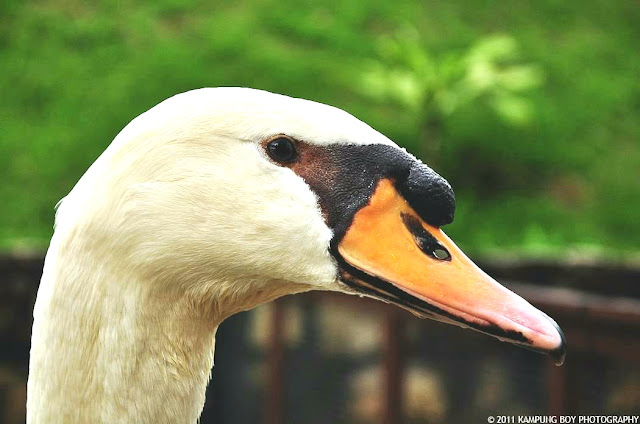Malayan Tiger

Photo by Fadzil Hisham Malayan Tiger is also known as Pak Belang in Malaysia, which literally means “Uncle Stripes.” The Latin name is Panthera Tigris Jacksoni, in honor of Peter Jackson, a famous tiger conservationist. Malayan tigers were classified as Indochinese tigers until DNA testing in 2004 showed them to be a separate subspecies. They can only be found in Peninsula Malaysia and in the south of Thailand. The tiger can swim and enjoy playing in shallow rivers and lakes. It can cross shallow streams by swimming while keeping its head above water. Deer, wild boars, bearded pigs, tapirs, goats, monkeys, rhino calves and sometime elephants are some of it's prey. Photo by Fadzil Hisham Malayan Tiger appear to be smaller than Bengal Tiger. From measurements of 11 males and 8 females, the average length of a male is 8 ft 6 in (259 cm), and of a female 7 ft 10 in (239 cm). Malayan Tiger has been classified as Critically Endangered on the International Union ...

